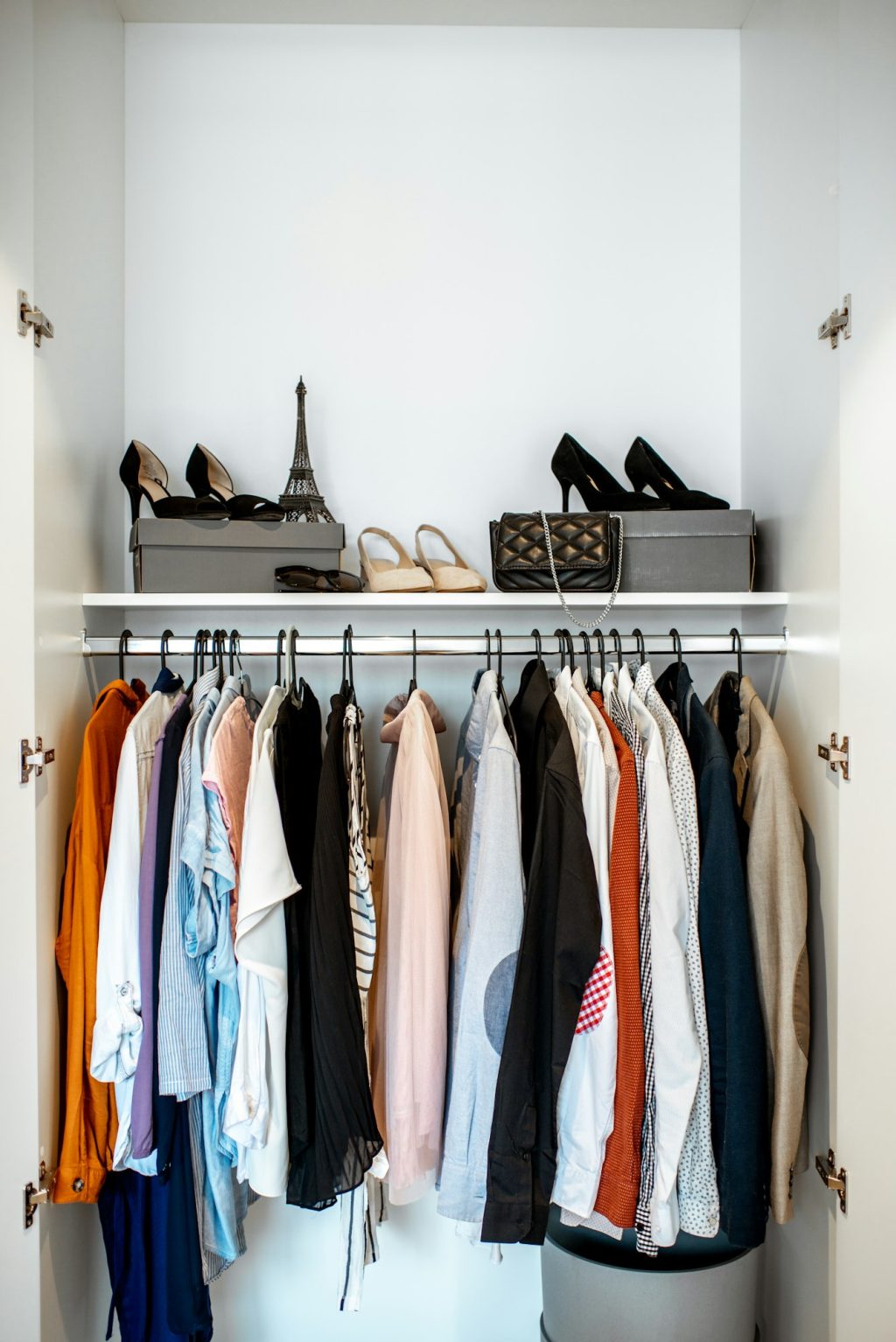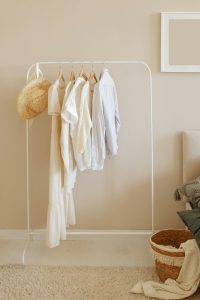
Clothes in the wardrobe
Clothing is the textile material worn to cover our bodies, providing protection from rain, wind and snow as well as keeping us warm or cool depending on the season. In addition, clothing provides a hygienic barrier against rough surfaces, germs and insects as well as harmful UV rays; additionally it may help prevent injuries during certain activities such as work or sports activities.
Clothing can be manufactured using various natural and synthetic materials. Traditional fabrics for clothing production include cotton, linen, wool and silk while modern synthetics may come from fossil fuel sources with significant environmental and social ramifications.
Clothing serves a number of social and cultural functions, from modesty and occupational/gender differentiation to an expression of personal taste or style. Clothing norms differ depending on society, culture and religion as well as reflect standards of adornment and status.
Apart from practical uses, clothing can help us look our best and feel confident about ourselves. The process of selecting and donning our apparel has been shown to increase dopamine, the feel-good hormone. This is especially true among women, who tend to get excited over new fashion trends and styles.
Establishing what to wear at work can be challenging. Dress codes depend on industry and company, with individual roles playing an influential role when deciding what attire is appropriate. If there is any confusion over a company’s dress code, reviewing what other similar industries are doing can provide guidance when making this important decision.
Example of Business Casual Dress Code (BCDC) : this attire would usually be acceptable in most businesses and reminding employees that casual does not equate to less professional.
As part of your decision on what to wear at work, it can be helpful to observe what kinds of pants and skirts your colleagues wear. When possible, wear knee-length or longer skirts or dresses; these will look more professional and polished. If selecting a darker wash skirt instead of lighter one will give it more polish; also, consider selecting hosiery that matches with your skin tone for the optimal professional appearance.
Building a versatile wardrobe begins with selecting pieces of clothing (such as solid-colored tops, khaki or brown trousers and neutral shoes) that go with everything – essential pieces include solid-colored tops, khaki or brown trousers and neutral shoes that complement each other well and can easily create more formal or more casual looks. Incorporating some statement pieces that add color or flair is also worthwhile but limit how often they are worn so as not to overwhelm your ensembles.





